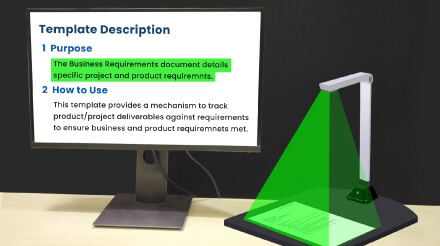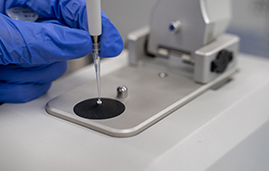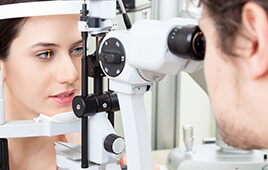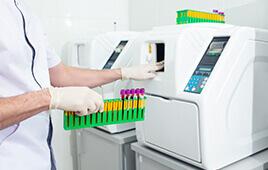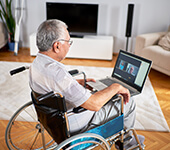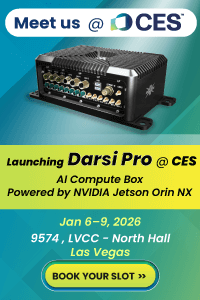Summary of the solution
e-con Systems helped a leading US-based provider of assistive technology solutions develop a handheld HD magnifier to improve the quality of life for people with visual disabilities. We delivered a high-quality camera for low-vision aid devices with the guarantee of low power consumption.
Key challenges faced by the client

High-quality in low
light sensitivity conditions and
low noise levels

Lowest possible
power
consumption




 Mr. Thomas Yoon
Mr. Thomas Yoon +82-10-5380-0313
+82-10-5380-0313





